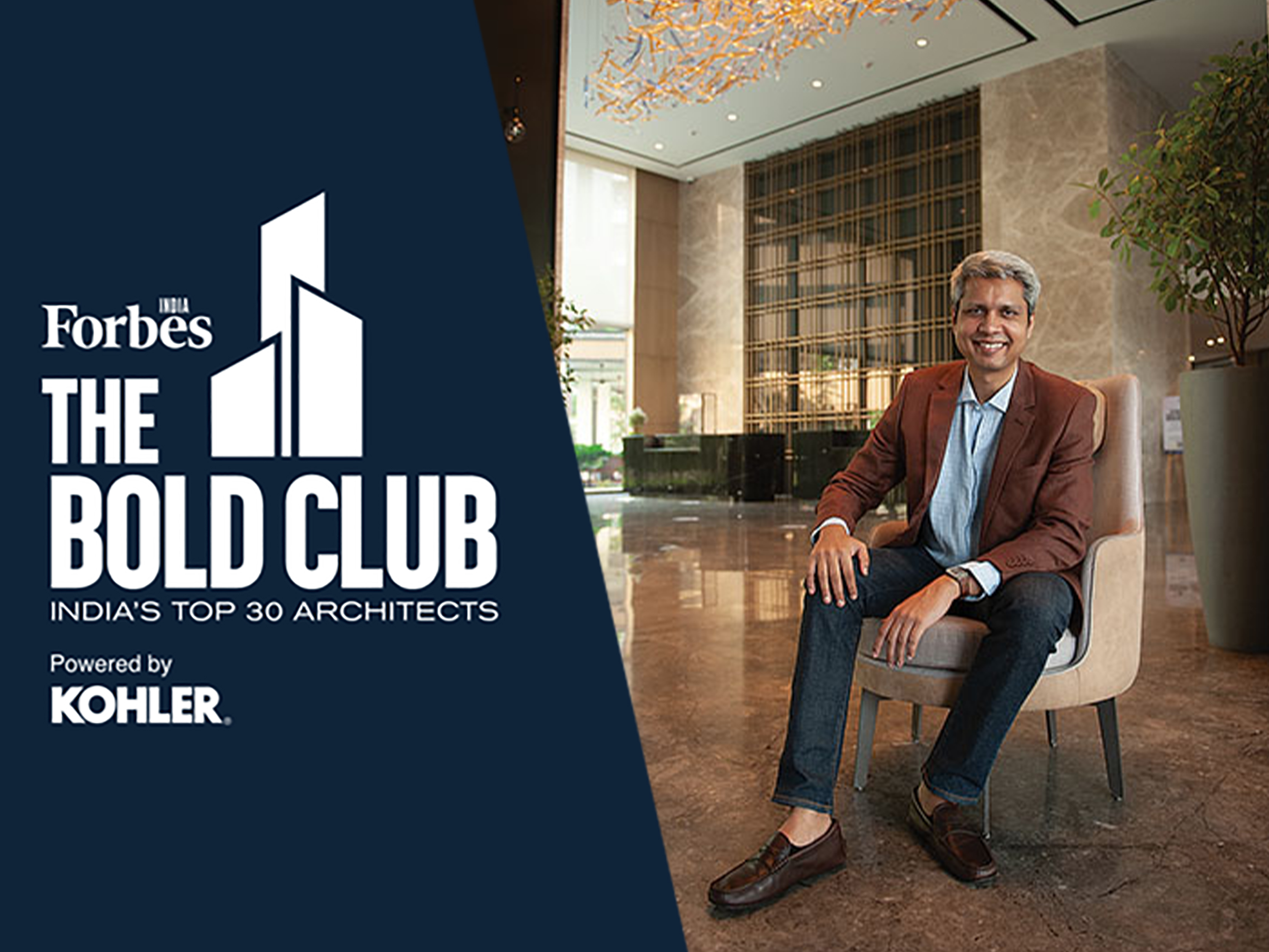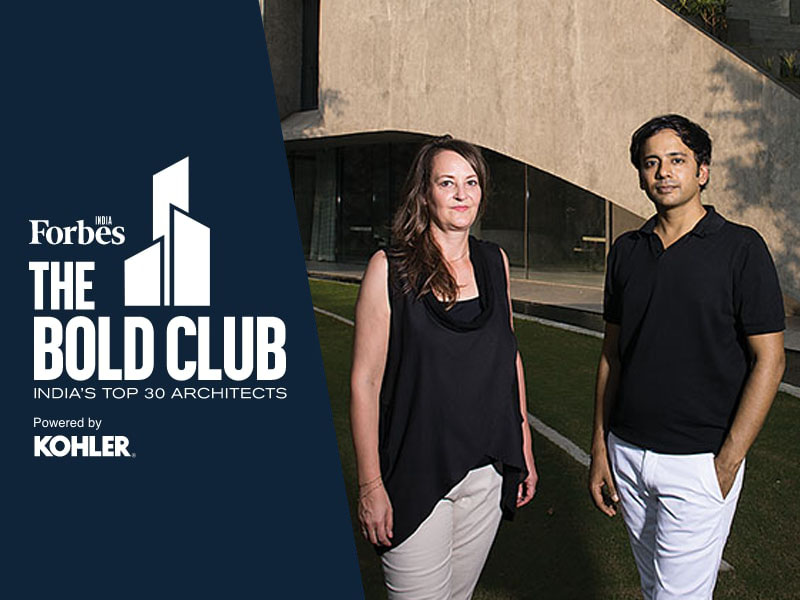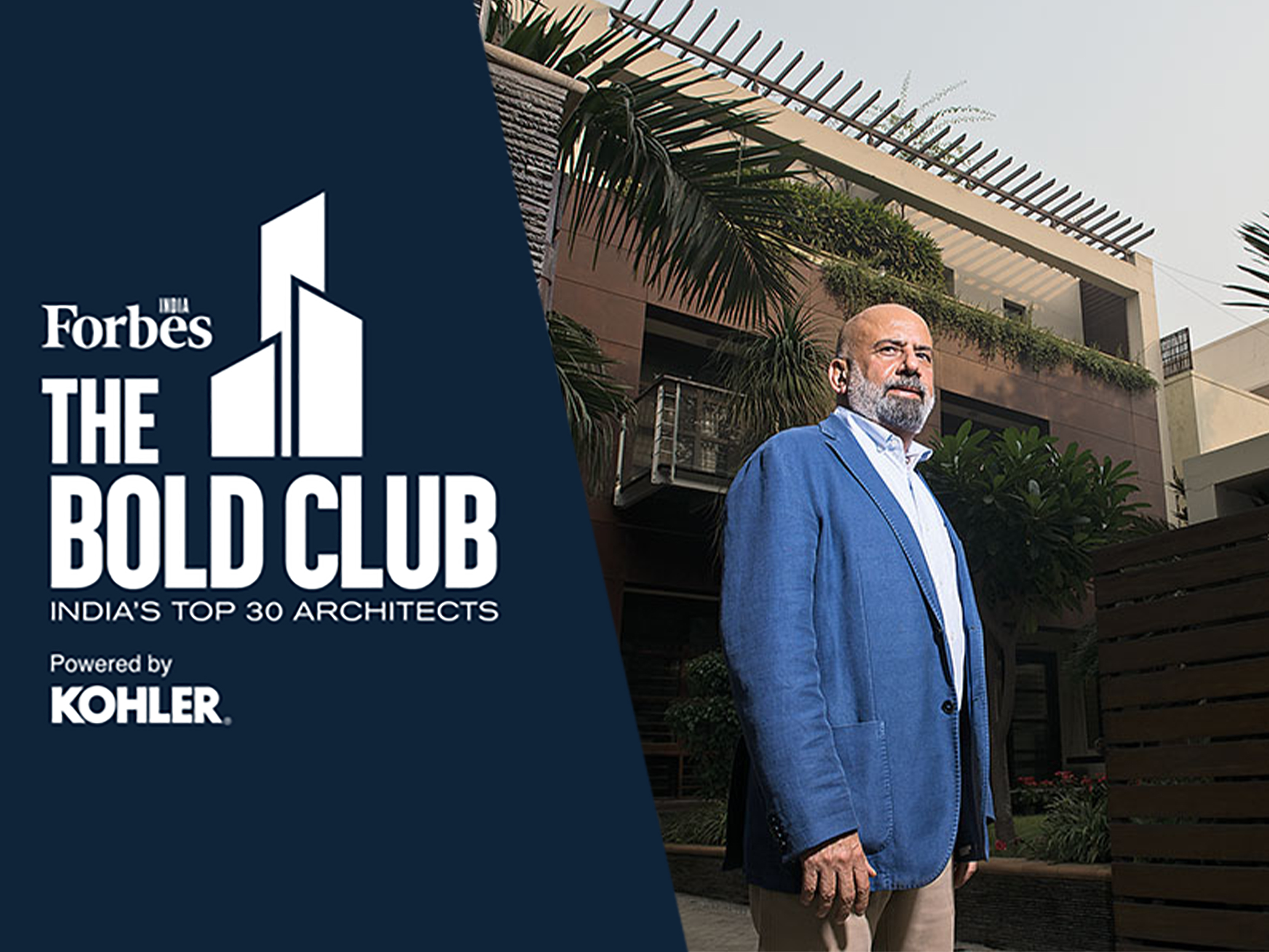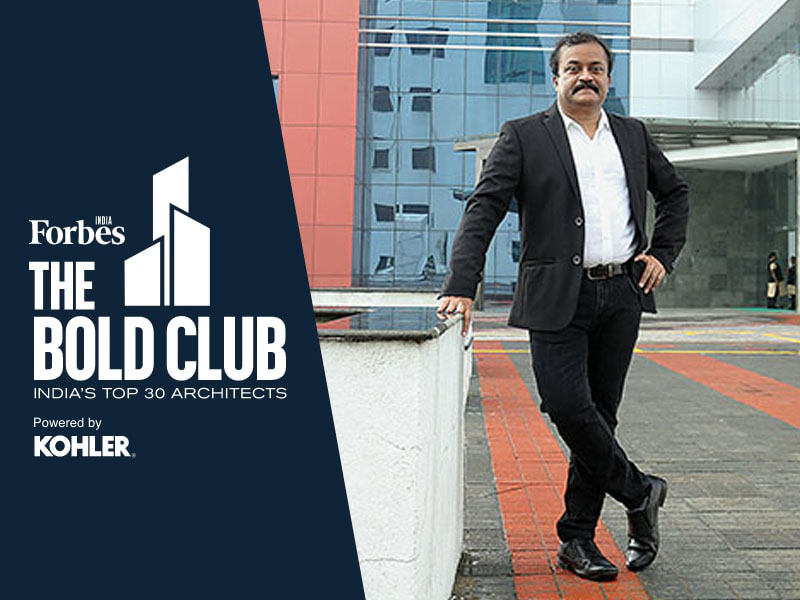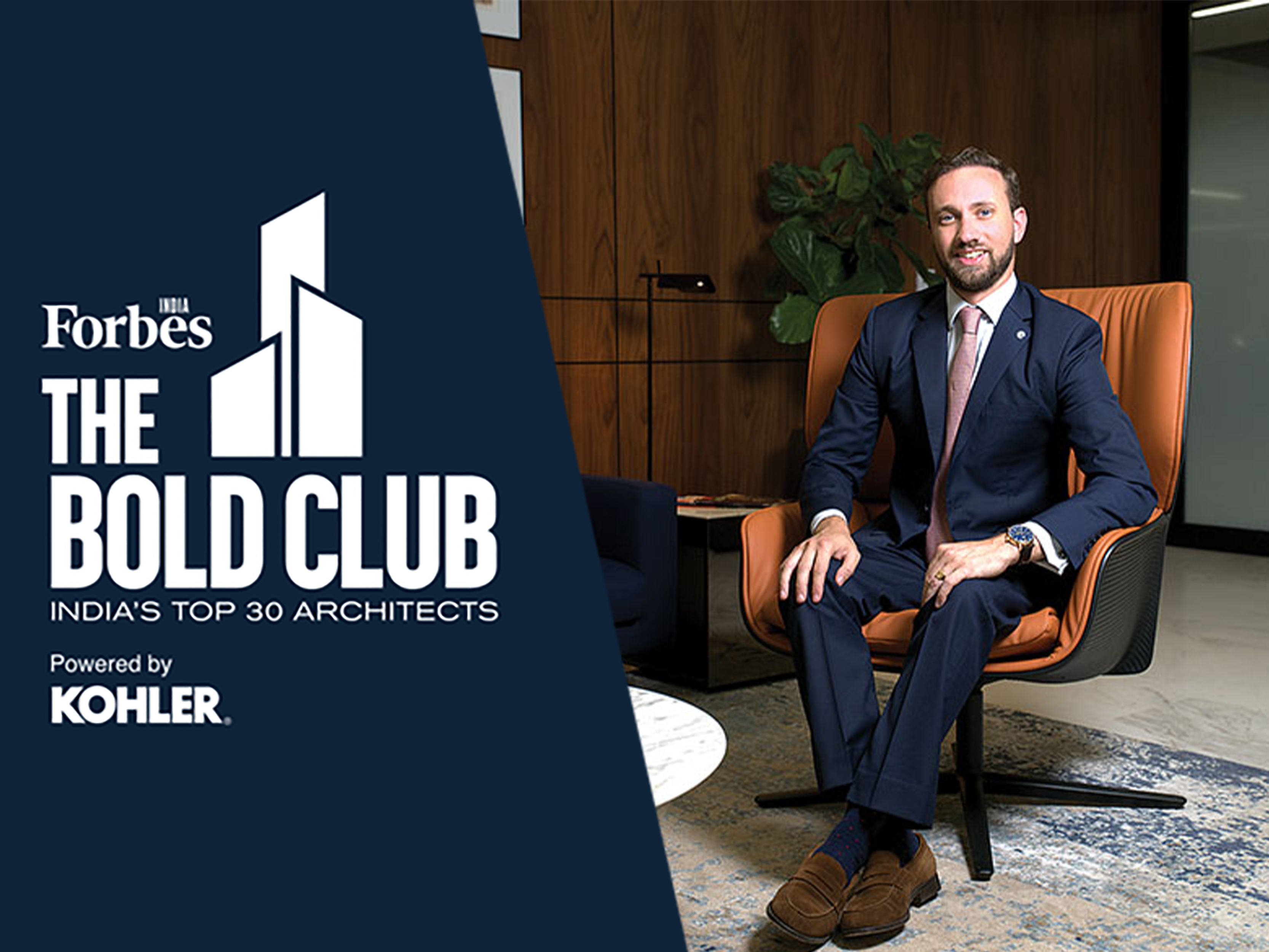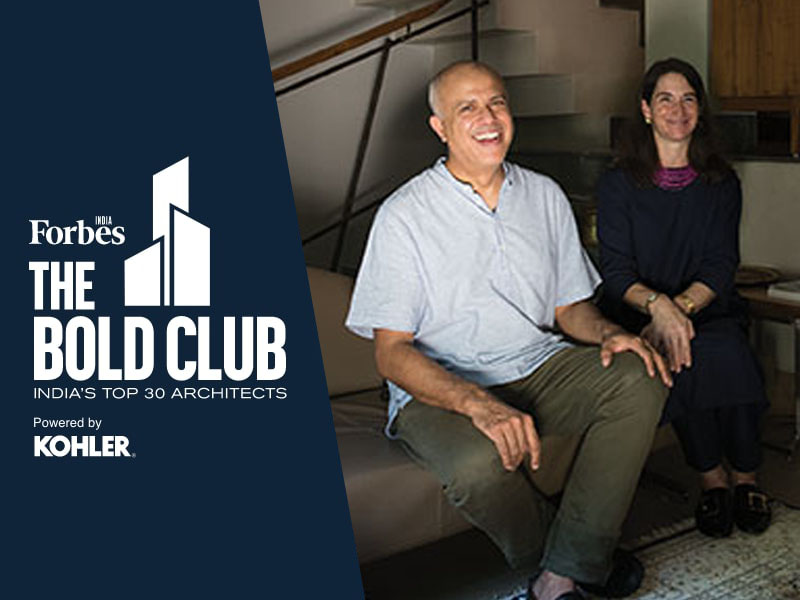SWBI Architects
Making Inclusive, Barrier-Free Designs
Beena Idnani, who enjoyed accompanying her civil engineer father to construction sites as a child, knew early on that she wanted to become an architect. Sanjay Wadhwa only realised it when he found himself more enamoured by the buildings on the AIIMS campus (which he visited to give his medical entrance exam) than the idea of becoming a doctor.
The two met at the School of Planning and Architecture (SPA) in Delhi and graduated in 1984. Early on in their careers, the couple won several national-level design competitions. Their first commission was to design an energy-efficient office building for MP Urja Nigam in Bhopal.
Eventually, they founded SWBI Architects in 1987 in Bengaluru with additional offices in Gurugram, Hyderabad and Chennai.
The firm’s design philosophy is simple, striking and sustainable. “As a best practice, we like to create inclusive and barrier-free designs for a diverse set of users,” says Idnani.
The firm’s diverse portfolio includes prominent projects such as the Hyatt Andaz in Delhi, Crowne Plaza in Jaipur and a campus project for The Times Of India in Noida.
For Wadhwa, the large Noida campus of MNC Adobe is a particularly memorable project as it is a modern building with all the modern bells and whistles, but “the built expression is highly sustainable”. The firm’s upcoming projects include hospitality projects across the country, Google’s campus in Gurugram, and the Airbus Group headquarters in India.
Wadhwa credits the firm’s success to SPA. “Our education and college ingrained in us a certain ethos of doing professional work in the most honest way, with the highest level of integrity and sincerity,” says Wadhwa.
Idnani believes all stakeholders need to make an effort to reduce the carbon footprint of buildings and provide healthier air quality to the occupants. “Sustainability should be a chief concern, especially given that the structures we design will be around for decades,” says Idnani. “The recent pandemic has also taught us to build in a greater amount of flexibility in our spaces, especially in workplace design, to tackle such future events.”
By Darielle Britto
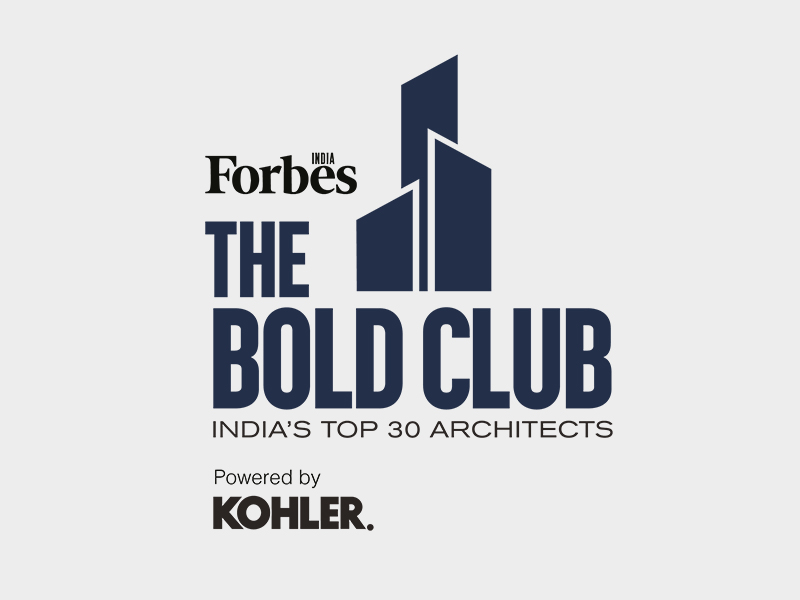

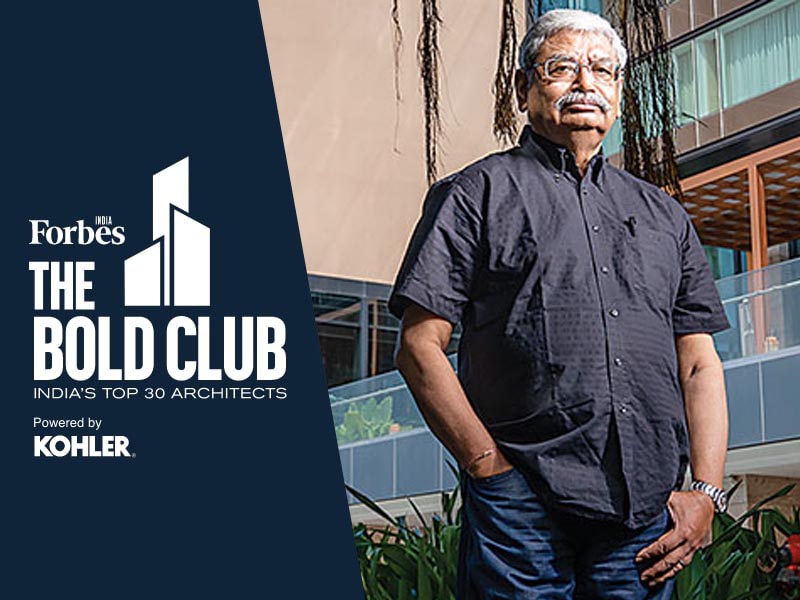

 Pvt LtD.jpg)
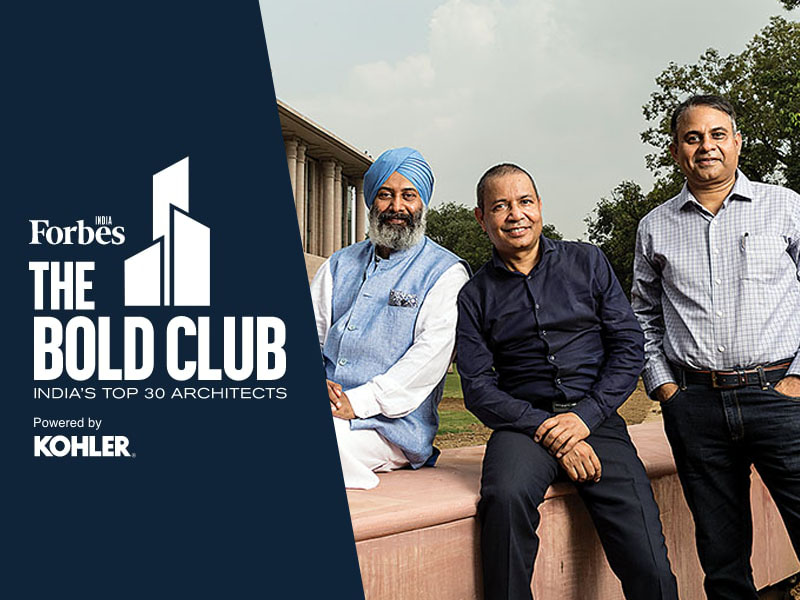
.jpg)
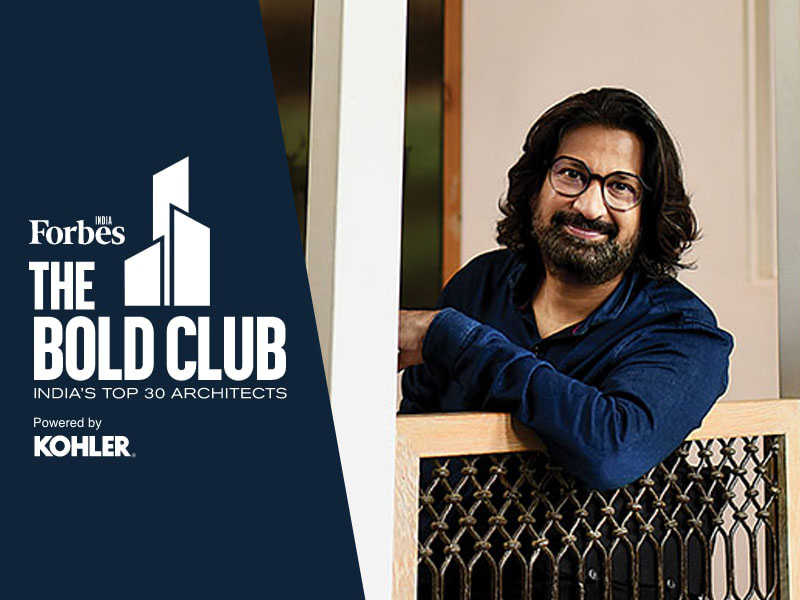
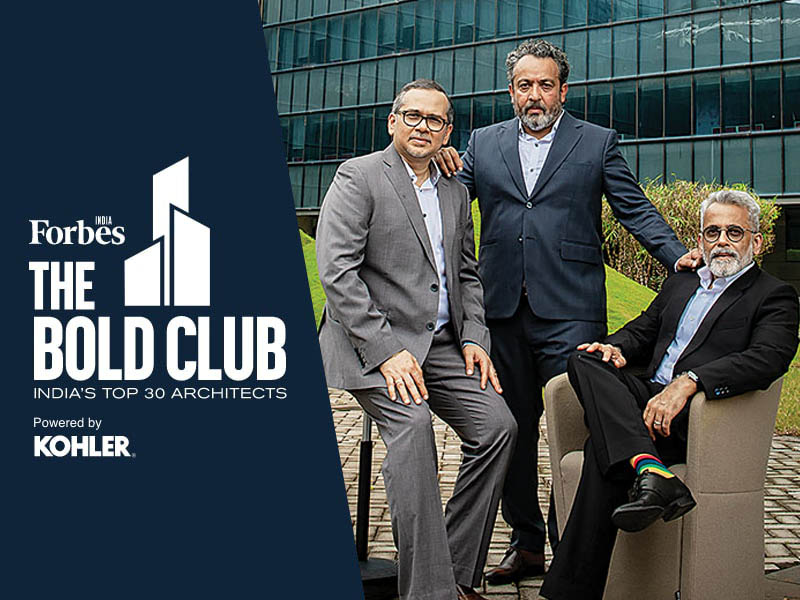
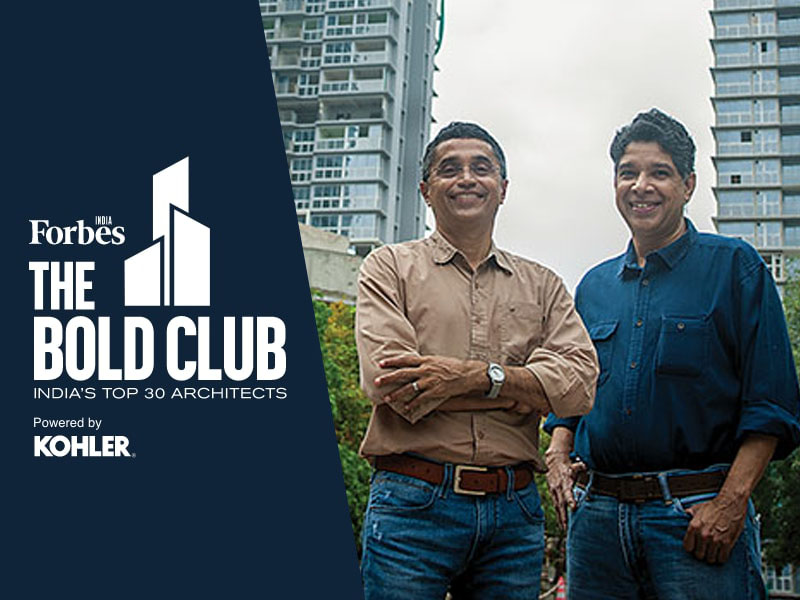
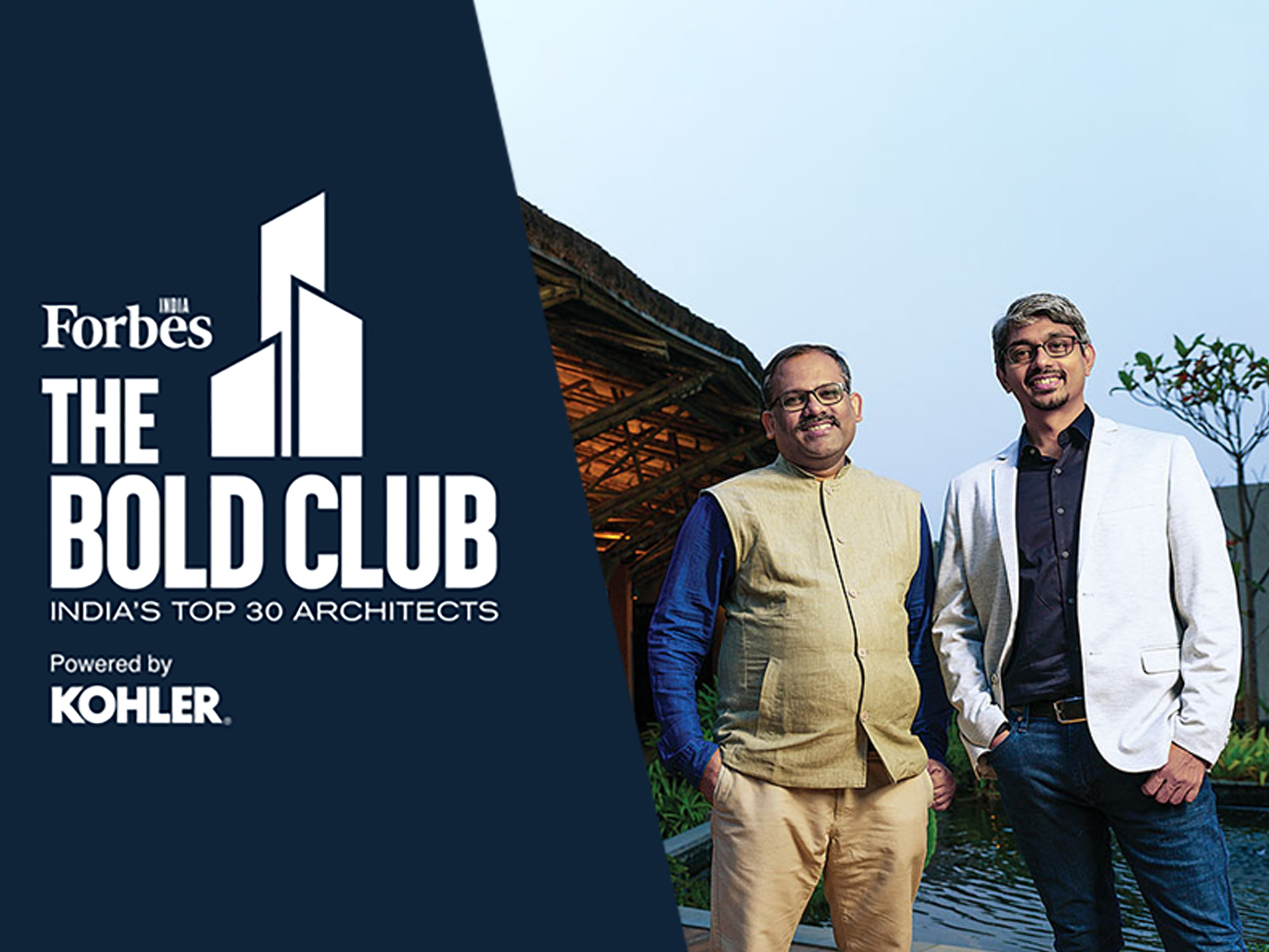
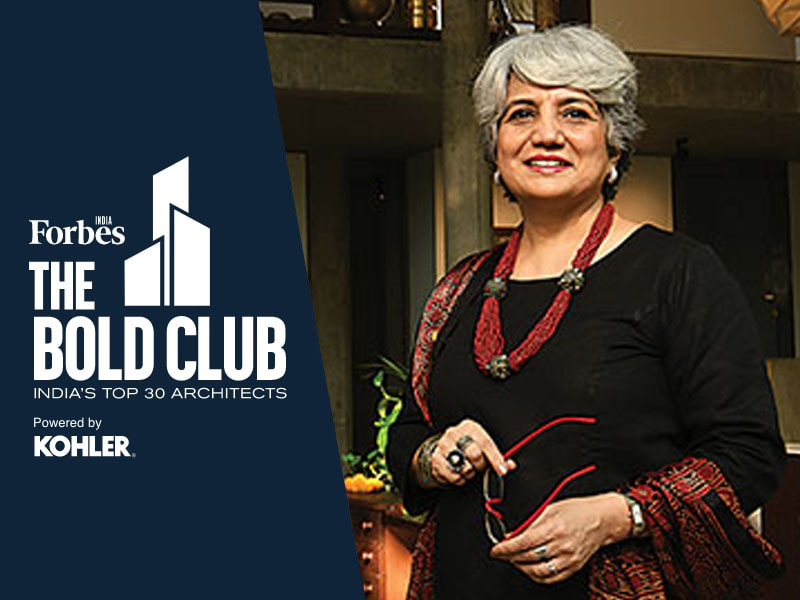
.jpg)
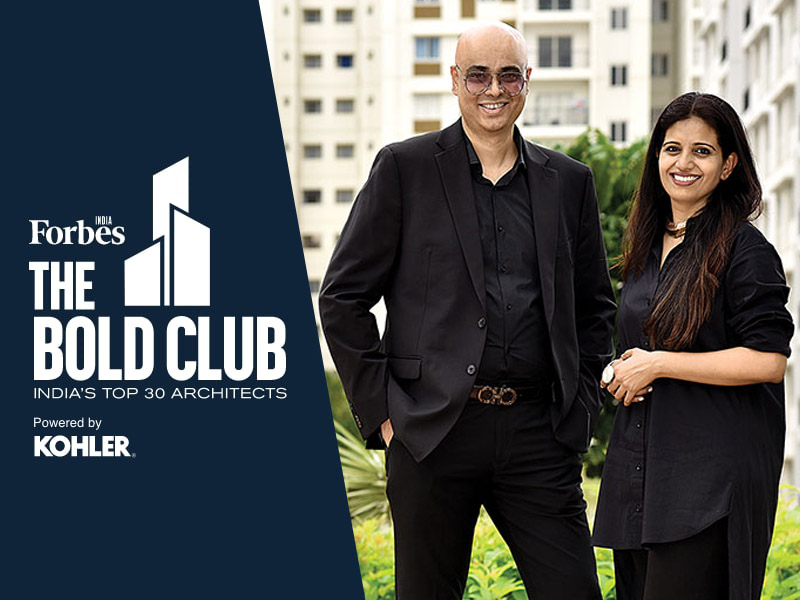
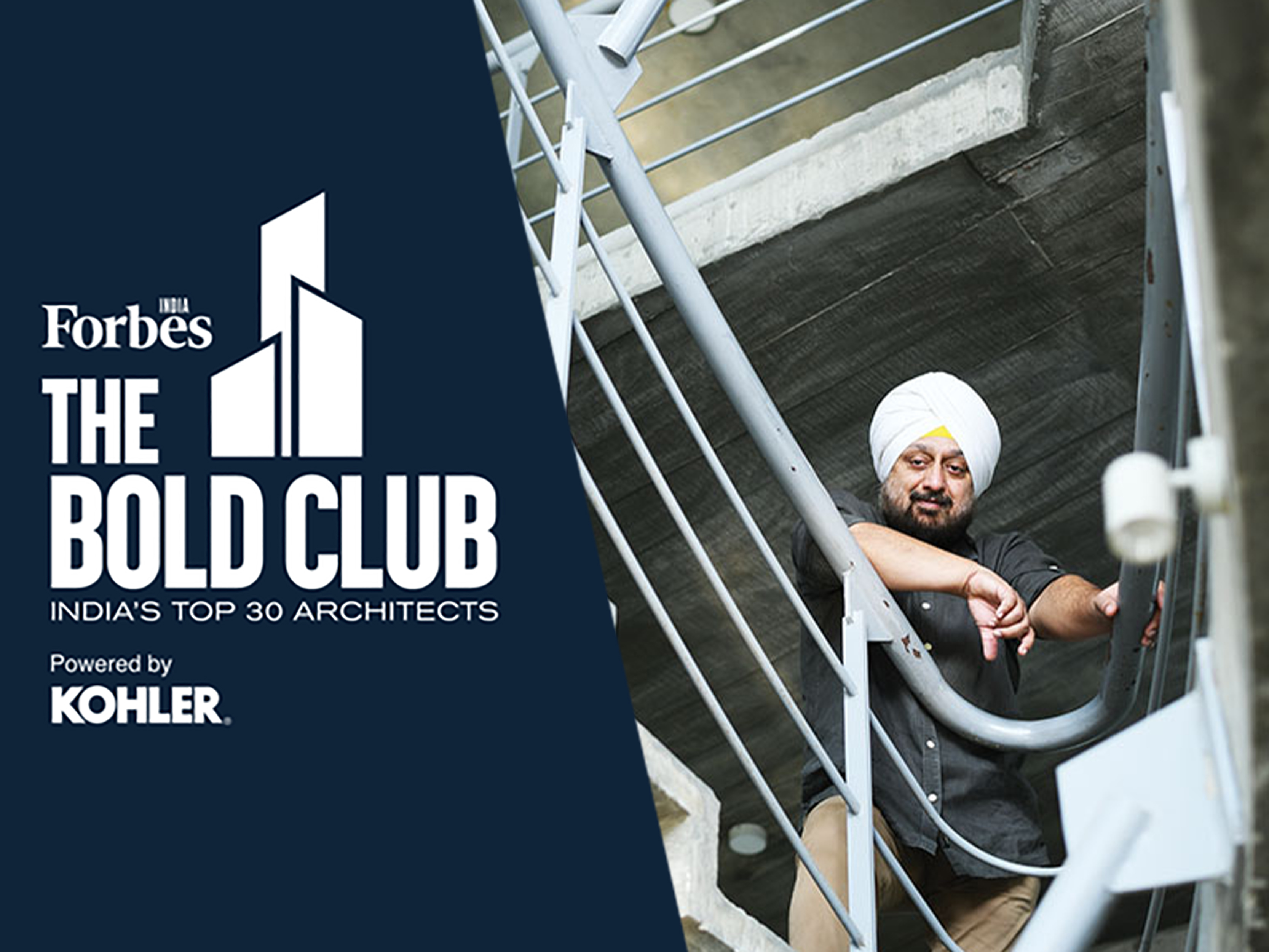
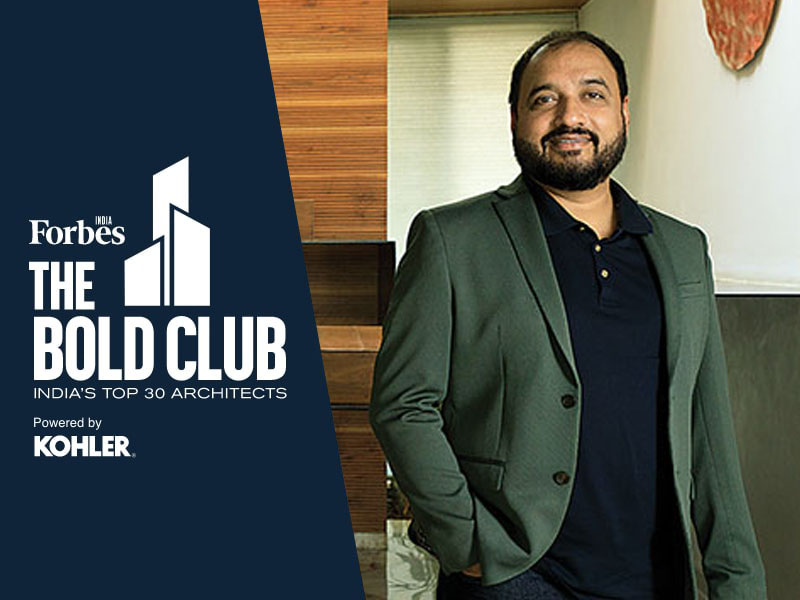
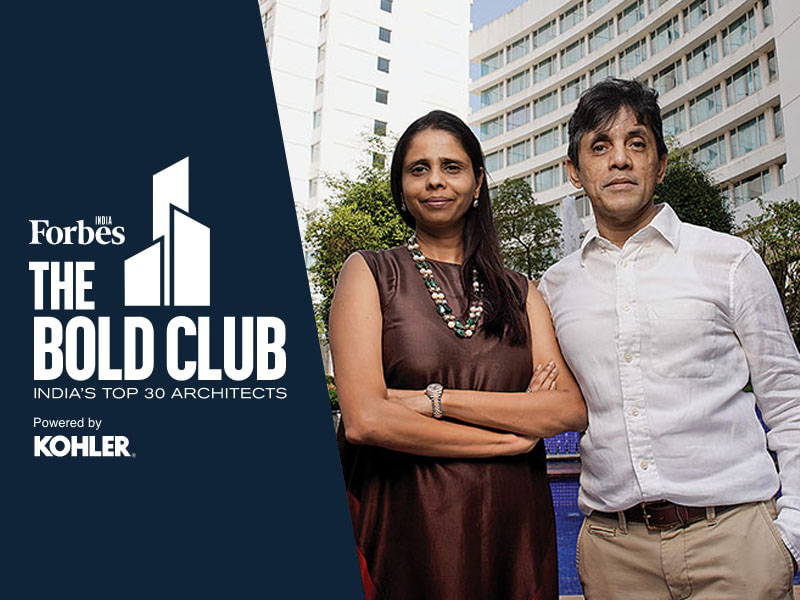
 Pvt Ltd.jpg)
.jpg)
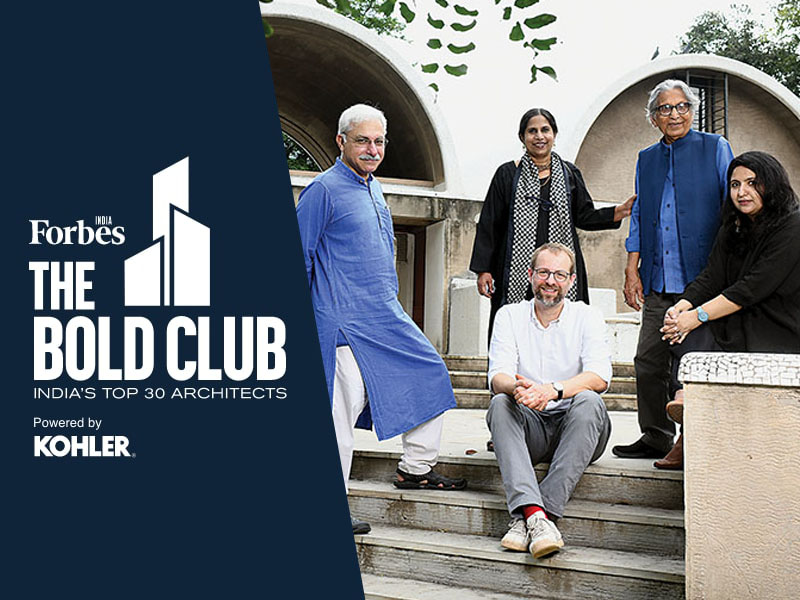
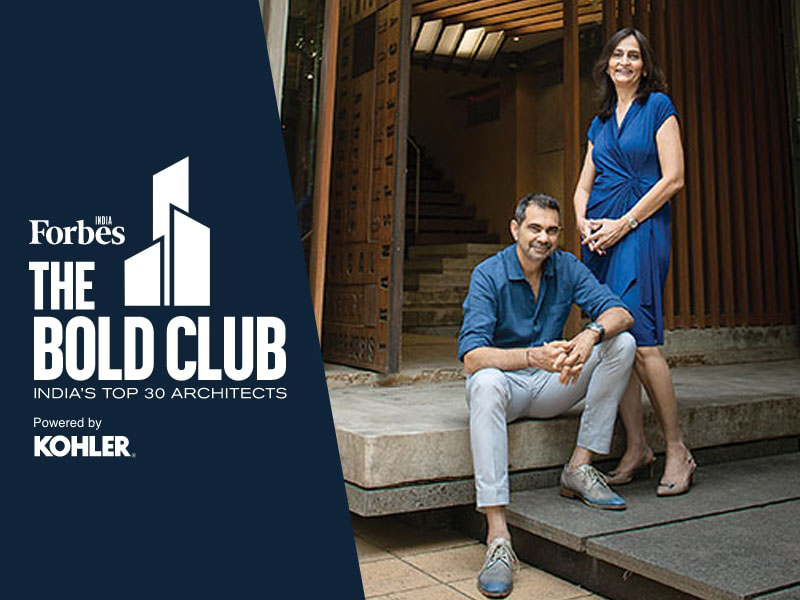
.jpg)
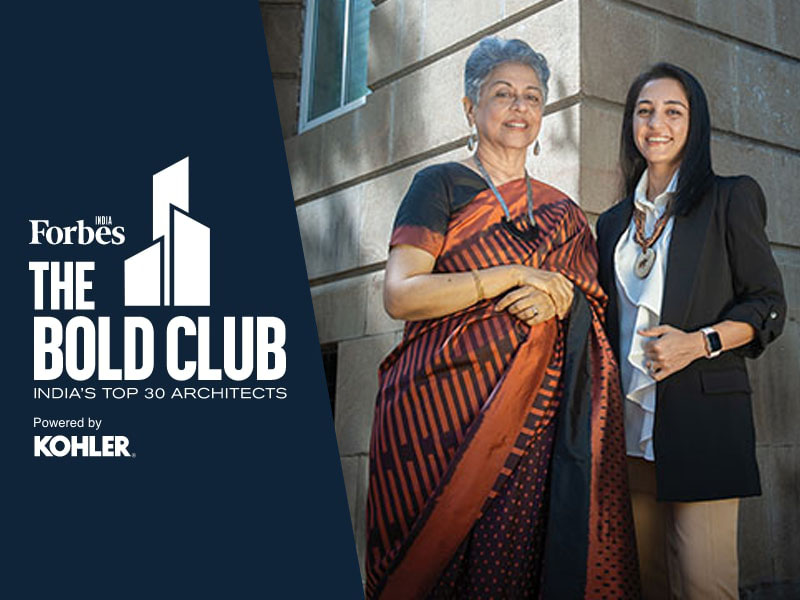
.jpg)
